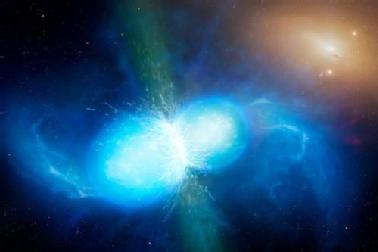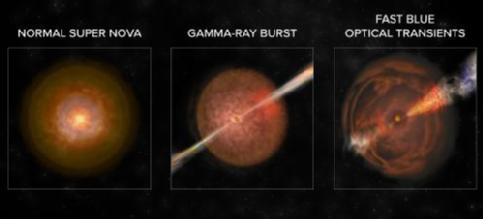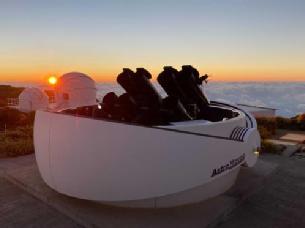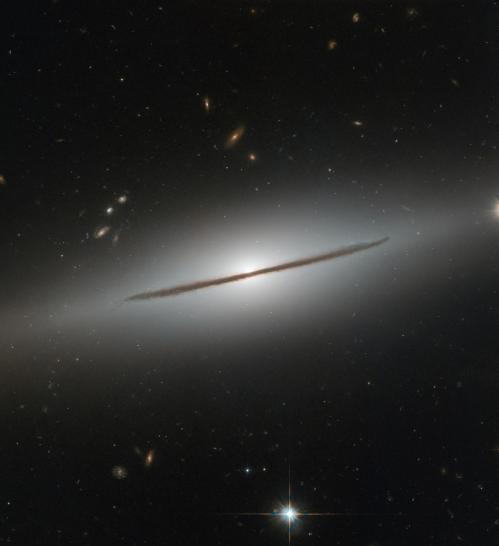Transient PhD and Research Fellowships
2023/2024 opportunities
PhD studentships
We offer funded PhD studentships in the area of astrophysical transients and time-domain astronomy, which are also open to international students. You can find more details of our research, and the typical topics of PhD projects, further down on this page. In our core areas of interest there is a broad scope to tailor project to the interests of the prospective students, for example taking a more computationally focussed approach vs a data-driven project. The descriptions below are intentionally generic and broad for this reason. Please see this page for details on current offerings and the application process and get in touch with us if you want to know more specifics.
Self-funded PhD students can contact a member of the group to discuss opportunities at any time.
Research Fellowships
We welcome applications for the Warwick Prize Fellowships in astrophysics in the field of astrophysical transients and time-domain astronomy. These are independent research fellowships that allow you to formulate your own research plan, linked to the interests of the group. We would encourage potential applicants to contact staff members from the group to discuss an application.
Our Research
Here at Warwick we lead the Gravitational wave Optical Transient Observer (GOTO) project, which drives much of our research. GOTO is the UK's premier wide-field sky-survey, aimed at discovering the electromagnetic counterparts to gravitational waves. GOTO's design comprises an array of telescopes situated at two locations (La Palma, and Australia), allowing us to quickly cover the night-sky and discover a multitude of transient phenomena, particularly short-lived and rare events. Through exploitation of GOTO, and our use of premier international facilities including the Hubble Space Telescope, the Atacama Large Millimeter Array, and the Very Large Telescope, we are active in several areas of transient research.
Gravitational-wave multi-messenger astronomy

The first ever detection of an electromagnetic counterpart to a gravitational wave source followed hotly on the award of the 2017 Nobel Prize in Physics for the direct detection gravitational waves - hypothesised by Einstein just over a century earlier. The detection was of a pair of neutron stars that merged 40Mpc away. This single event gave us the location of heavy-element nucleosynthesis, the progenitors of short Gamma-ray bursts, and even constrained the cosmology of the Universe, amongst many, many other insights. At Warwick, we are using GOTO and a host of large facilities to discover, and characterise the next multi-messenger events. Through a combination of gravitational wave information and multi-wavelength observations of future neutron star and black hole merging systems, we will shed light on the final act of massive stars in our Universe, and probe the physics of these mysterious of compact objects. Image Credit: University of Warwick/Mark Garlick.
Supernovae, Gamma-ray Bursts and Fast transients

At Warwick, we use GOTO and multi-wavelength observations from a variety of facilities to study many different kinds of stellar explosions. These include the terminal explosions of massive stars and white dwarfs in Supernovae, and more exotic and highly energetic explosions such as Gamma-ray Bursts and the recently-discovered classes of Fast Blue Optical Transients. It is thanks to the advent of high-cadence astronomical surveys like GOTO that the more exotic stellar explosions have been discovered. The nature and physics of Fast Transients are not yet known. They could be rare supernovae, stars being shredded by black holes, or stellar explosions on white dwarfs, among other theories. Image credit: Bill Saxton, NRAO/AUI/NSF.
Machine-learning, Big Data and Robotic Telescopes
 Large-scale sky surveys such as GOTO generate significant amounts of data - hundreds of Gigabytes per night - that must be processed and sifted rapidly to enable scientific discovery and identify the most interesting classes of transients before they fade away. Such a task is only possible with high-performance processing and classification pipelines and intuitive frameworks for exploring and exploiting this vast datastream - these are developed in-house by the Transients group as a key research interest. A central component of this is machine learning (ML) and deep learning (DL): we are developing state-of-the-art methods to classify and interpret transient discoveries with the aim of minimising human effort, and enabling fully autonomous discovery and follow-up of astrophysical transients by leveraging the upcoming generation of robotic telescope facilities.Image: Krzysztof Ulaczyk.
Large-scale sky surveys such as GOTO generate significant amounts of data - hundreds of Gigabytes per night - that must be processed and sifted rapidly to enable scientific discovery and identify the most interesting classes of transients before they fade away. Such a task is only possible with high-performance processing and classification pipelines and intuitive frameworks for exploring and exploiting this vast datastream - these are developed in-house by the Transients group as a key research interest. A central component of this is machine learning (ML) and deep learning (DL): we are developing state-of-the-art methods to classify and interpret transient discoveries with the aim of minimising human effort, and enabling fully autonomous discovery and follow-up of astrophysical transients by leveraging the upcoming generation of robotic telescope facilities.Image: Krzysztof Ulaczyk.Host galaxies and environments of transients

As well as observing the luminous, energetic signal from explosive transients, at Warwick, we also specialise in studying the location of transients. These locations can give excellent complementary insight on the progenitor systems and the physics of the explosions. Such work entails detailed statistical analyses and, with close collaborators, we are building the largest samples of detailed supernova host galaxy observations in the world. Image: NGC 1032 from the Hubble Space Telescope, taken by a Warwick-led programme.
